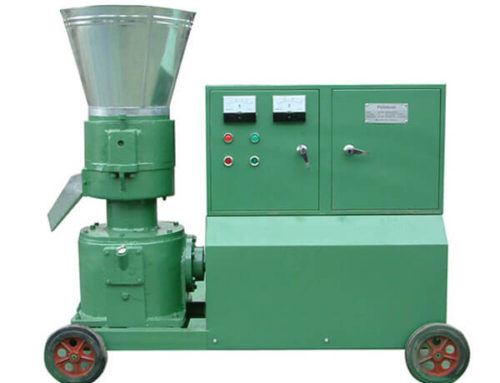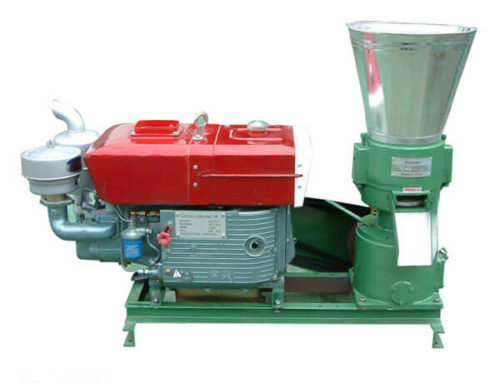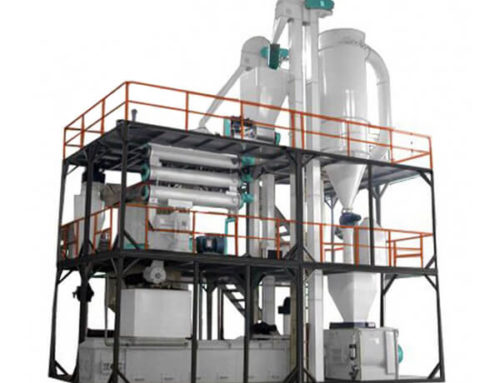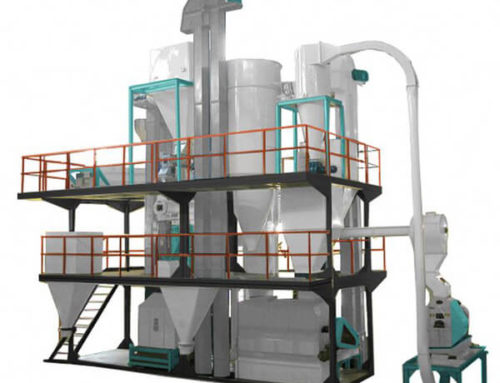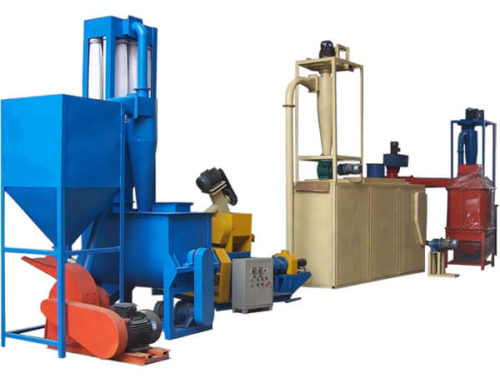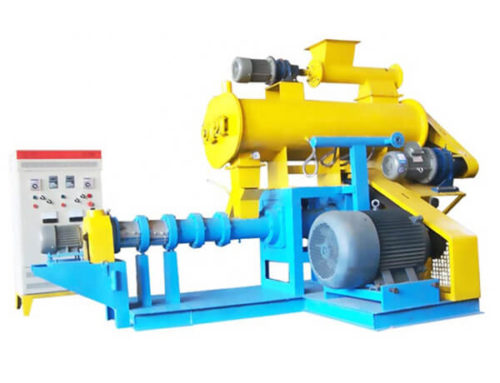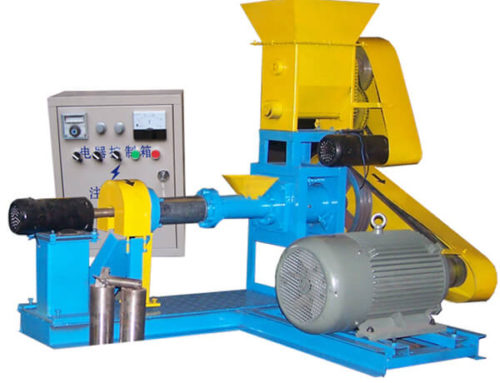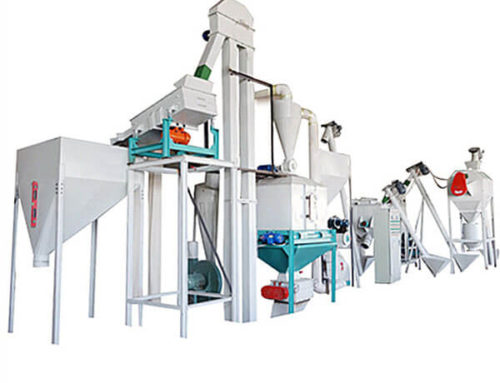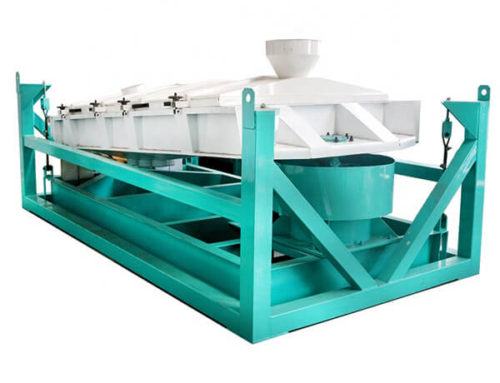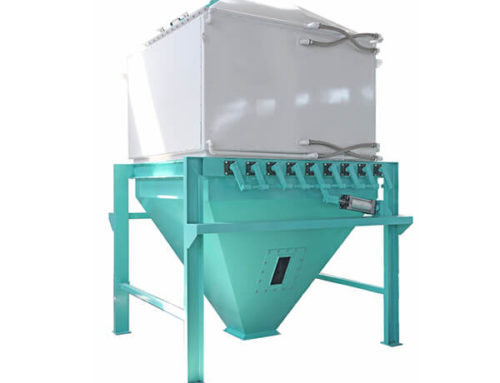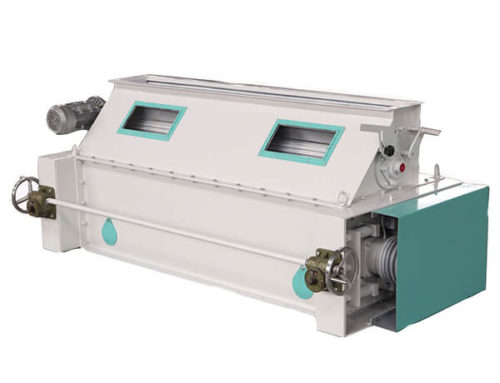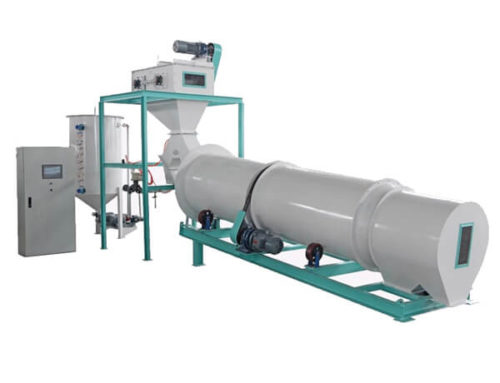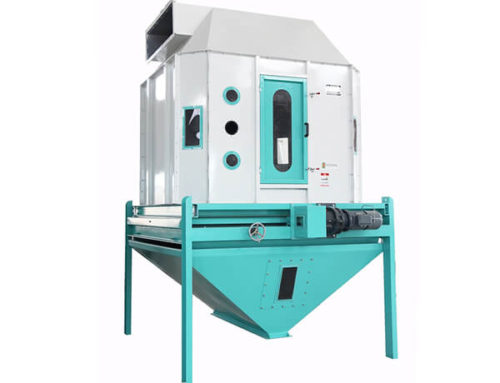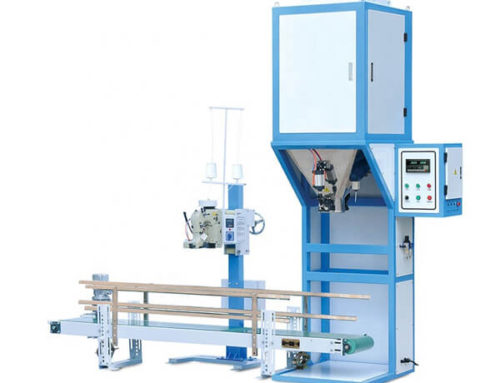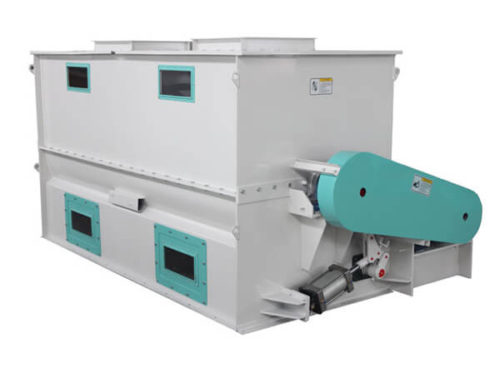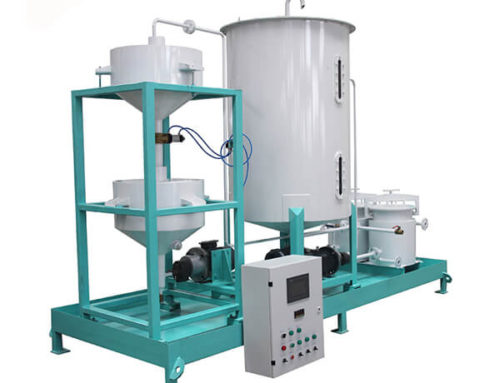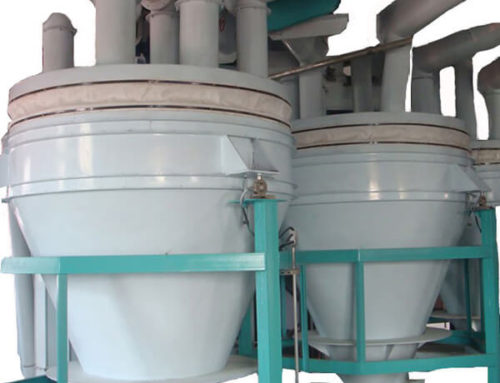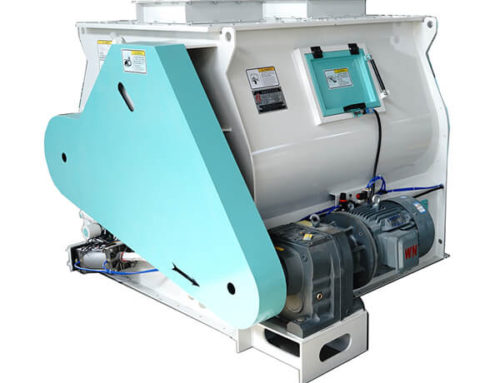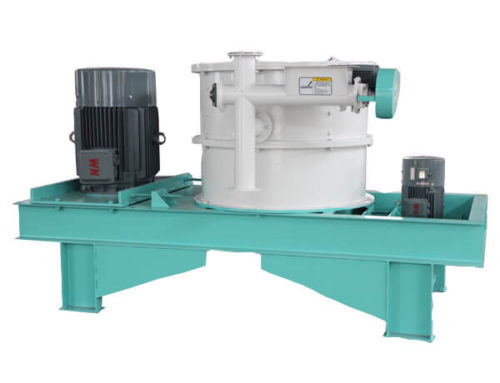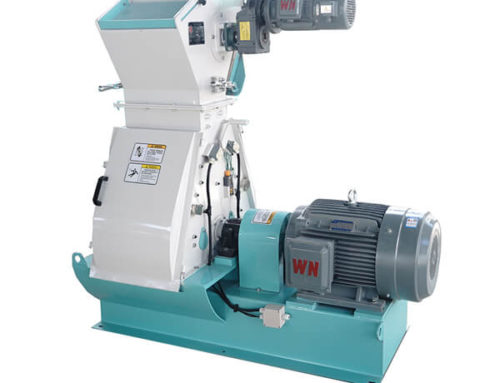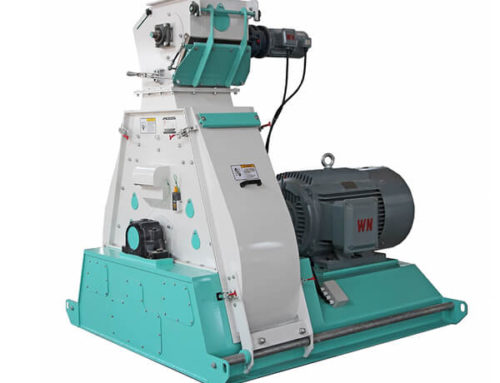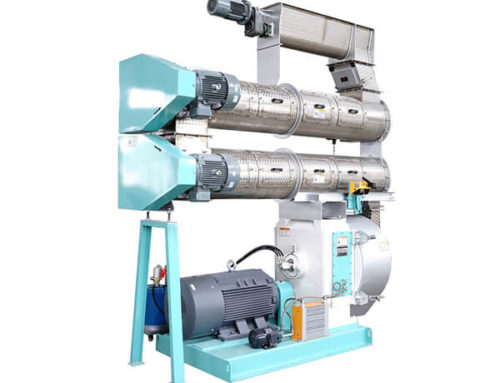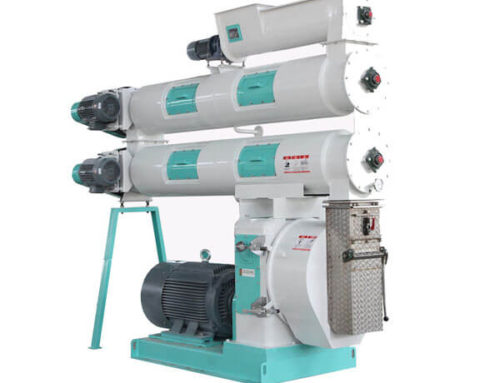Cattle Feed Pellet Introduction
Cattle feed pellet is a type of compound feed mainly made from barley, forage, bean, bran, wheat, corn, and additives, such as vitamins, minerals, and other essential micro-ingredients. Pelleting allows the use of a wider variety of ingredients without obvious changes in the physical properties of the diet. It is simply put the feed in a concentrated form. The pellets are very nutritional and can satisfy the growth needs of cattle in different growth stages. By combining moisture, heat, and pressure on feed ingredients, a degree of gelatinization is produced, which allows cattle to better utilize the nutrients in these ingredients. The feed pellets are widely used in small-sized farms and large-medium feed factories.
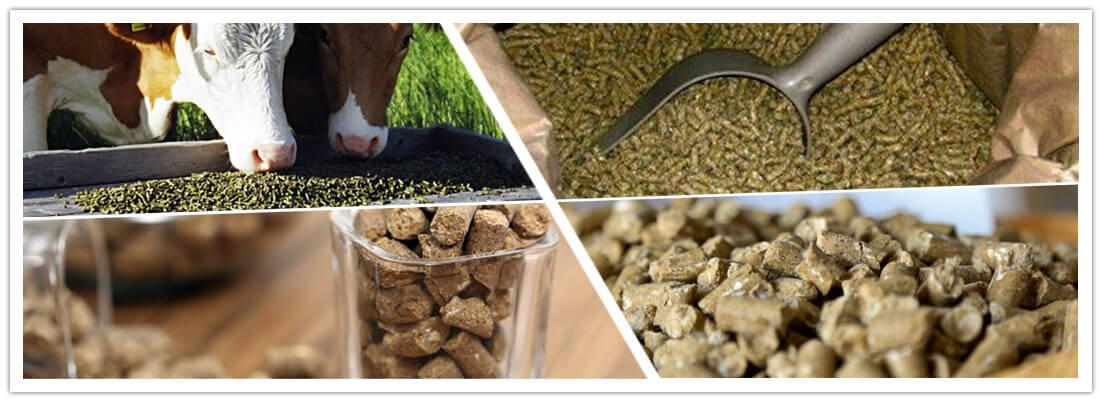
Cattle Feed Pellet Production Flow Chart
Raw Material Receiving
The raw materials for cattle feed pellets can be corn, barley, wheat, soybean, cotton stalk, corn fiber, grass, maize straw, soybean meal, cereals, molasses, and so on.
Grinding
The grinding process is provided at the pellet plant to grind the materials into powder form. Grinding is the most effective processing technique to improve nutrient utilization and animal performance. Uniform particle size ensures a better quality of final pellets. The grinding increases the surface area of ingredients for an improved rate of digestion and decreased segregation.
Batching
Batching is considered to be one of the most critical and essential operations in feed pellets manufacturing. Proper batching can improve diet uniformity and animal performance. Batching the powder feed raw materials according to the formula.
Mixing
This process is used for mixing the crushed raw materials with higher uniformity. The mixing process determines, to a high degree, the capacity of the whole manufacturing process and the quality of the final product.
Pelletizing
The main purpose of this operation is to convert mash feed into pellet form by mixing with steam. The mash feed is fed from the storage bin to the feeder, and thereafter to the conditioner, where dry saturated steam is mixed with the feed, and then fed to the pellet mill at a controlled rate. After pelletizing, the palatability and digestibility of the feed are largely improved.
Cooling
The newly pressed pellets are very high in temperature. They must be cooled to avoid the formation of lumps and deterioration of feed quality. The feed pellets are cooled in the pellet cooler by induced cool air draft. This process is to cool the pellets to ±3-5℃ of the room temperature.
Screening
Cooled pellets are carried to the pellet sieve by elevator. In the pellet sieve, crumbled pellets and powder materials are separated from the good pellets and sent to the pellet mill for re-pelletizing while good pellets are stored into the bagging bin.
Packaging
This process is to pack the feed pellets into bags that are convenient for storage and transportation. The bagging operation is semi-automatic. The bags are fixed manually and the filling is done automatically.
Benefits of Feed Pellets for Cattle Farming
* Decreased feed wastage during the eating process.
* Improved palatability and digestibility.
* Decreased ingredient segregation.
* Reduced opportunities for selective feeding
* Easy to ship, store and handle.
* A better flow and handling characteristic, particularly important to dairy farmers.
Factors Affecting Cattle Feed Pellet Quality
In cattle feed pelletizing, the most important is, of course, the feed pellet quality. The factors that influence pellet quality can be divided into several categories.
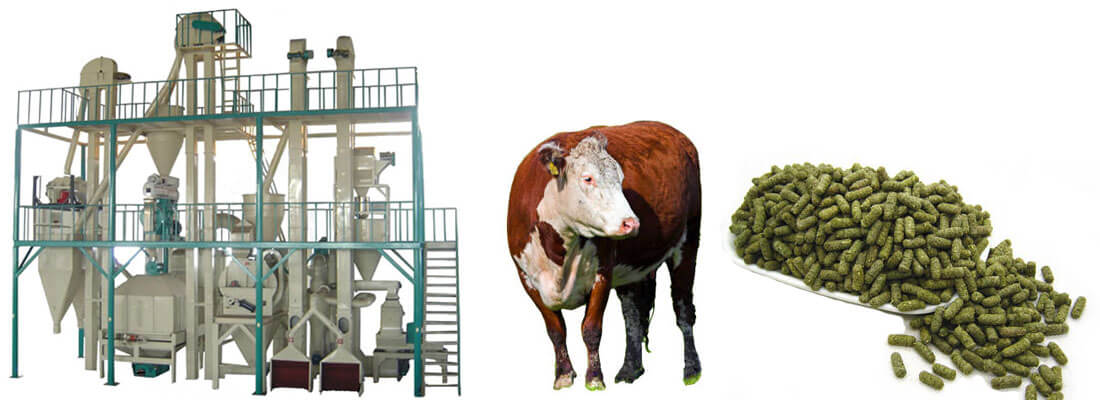
Formulation
It is generally agreed that the formulation is, by far, the most important factor affecting pellet quality. The formulation is based on meeting the nutrient requirements of the cattle at the least possible cost. Take the variety, weight, age, feeding condition, feeding mode into consideration when designing the formulation.
Conditioning
Conditioning is the most critical step to manufacture quality pellets. The high conditioning temperature can fully gelatinize the starch and improve the binding properties of the feed pellet. More and more feed manufactures to adopt the steam jacket conditioner to increase the conditioning temperature.
Grinding
Grinding has a considerable impact on pellet quality (20%). Generally, the finer particle, the better feed pellet quality. When conditioning, the finer particle has more contact area with water steam, thus increasing the starch gelatinization degree and digestibility. Also, the finer particle can ensure better surface quality of pellets.
Die
The die is still responsible for 15 percent in the quality of the feed pellet. Different feed pellets require a different compression ratio of the ring die. So feed producers adopt corresponding ring die specification to ensure the feed pellet quality when making feed pellets for cattle in different stages.
Cooling
After leaving the pellet mill, the pellets have a temperature of 70-90℃ and the moisture of 15-17%. Proper cooling is required to lower pellet temperature to about 3-5℃ above the ambient temperature, and moisture to be 12%.
Formula
Calf Feed
| Ingredients | ω/% |
| Cooked soybean cake | 40 |
| Corn | 22 |
| Sorghum | 20 |
| Wheat bran | 15 |
| Oyster shell meal | 2 |
| Salt | 1 |
Notes: In 6 months, average daily gain: 549 g, 12-month-age weight: 286 kg, 18-month-age weight: 380 kg
Sucking Calf Feed
| Ingredients | ω/% |
| Corn | 49 |
| Sorghum | 10 |
| Soybean cake | 26.7 |
| Mineral additives | 0.3 |
| Wheat bran | 4.0 |
| Alfalfa meal | 2.0 |
| Fish meal | 2 |
| Molasses | 3 |
| Salt | 0.5 |
| Calcium carbonate | 0.8 |
| Calcium phosphate | 1.7 |
Notes: Also feed the green forage for free choice feeding of cattle.
Dairy Cow Feed
| Ingredients | ω/% |
| Wheat bran | 17 |
| Corn | 10 |
| Sorghum | 7.0 |
| Soybean cake | 4.5 |
| Oyster shell meal | 1.5 |
| Corn germ residue | 4 |
| Hay | 9.0 |
| Soybean curb residue | 15 |
| Corn silage | 32 |
Notes: average daily milk production: 17.52 kg, annual milk production: 6,200 kg
Beef Cattle Feed
| Ingredients | ω/% |
| Corn | 35 |
| Sorghum | 24.9 |
| Barley | 12 |
| Soybean cake | 43 |
| Wheat bran | 10.8 |
| Degrease tikitiki | 2 |
| Alfalfa meal | 3.0 |
| Molasses | 5.0 |
| Salt | 0.5 |
| Calcium carbonate | 1.4 |
| Calcium phosphate | 0.9 |
| Mineral additives | 0.1 |
| Vitamin additives | 0.1 |
Notes: Also feed the green hay for free-choice feeding of cattle or mix with green roughage.

